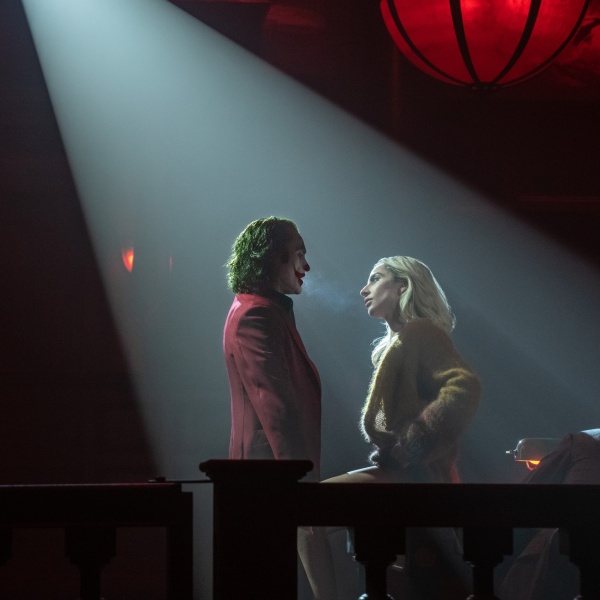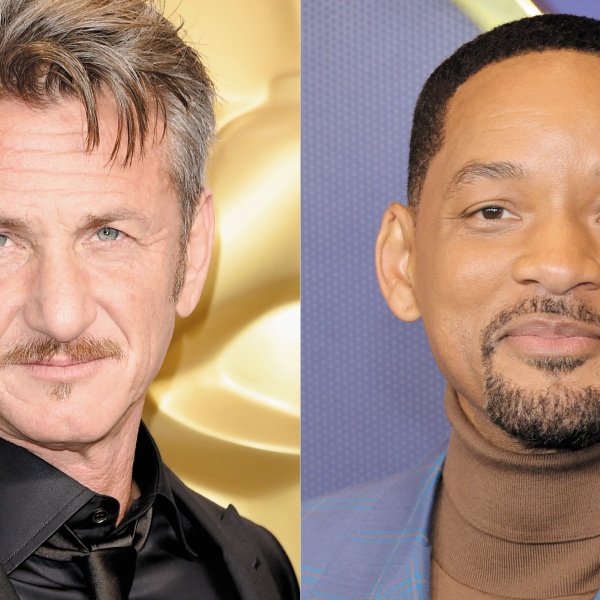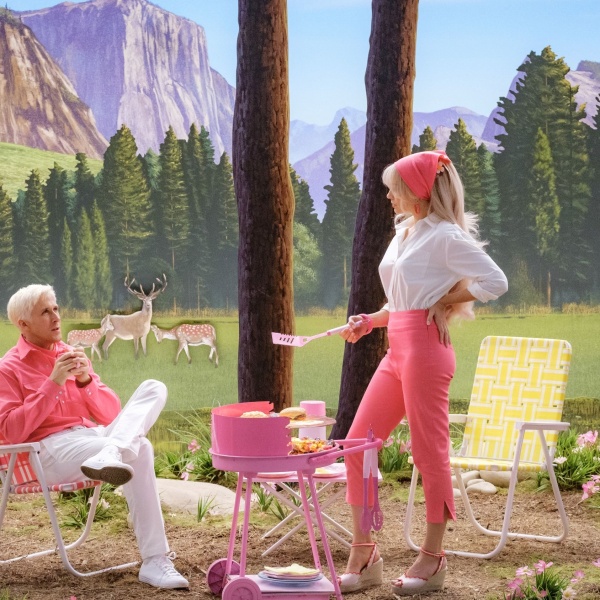
If “Killer Joe” and his previous collaboration with playwright Tracy Letts, “Bug,” are anything to go by, William Friedkin should consider never working with anyone else again; together, the films are easily the best things he’s made since his 1970s heyday, and worlds away from the anonymous thrillers that he made in the 2000s.
Central to the film‘s success is the excellent cast, and one performance in particular, that of young British actress Juno Temple, who plays Dottie, the daughter of the family who are plotting to kill their absent matriarch with the help of a cop-turned hitman, the titular Joe. We sat down with the actress in Toronto earlier in the week (you can read what she told us about upcoming projects here), and she spilled the beans on working with Friedkin, and star Matthew McConaughey, in one of the best, nastiest little surprise movies we’ve seen all year.

1. William Friedkin places enough trust in his actors that he rarely shoots more than two takes of anything.
After more than forty years in the film industry, and directing classics like “The French Connection” and “The Exorcist,” you would expect William Friedkin to have picked up a thing or two along the way, and you’d be right. According to Temple, he’s a man with enormous faith in his actors, with no Fincher-style hundred take runs to be seen. “The main thing, he says it before every take, ‘Keep it fresh, keep it fresh,’” Temple says. “He trusts you so much and in turn you trust him with your whole heart. He does one or two takes of everything, and when you have a director that believes in you that strongly, all you want to do is get it right the minute they say action. And that’s something that I really really needed for that role and really got. Just this incredible trust, because I felt fearless, you know? He just has the ability, and he just draws things out of actors, it’s like he’s inside of you.”
2. That mutual trust is particularly important when it comes to scenes of nudity, and sexuality, of which the actress has plenty in “Killer Joe.”
Temple, no stranger to screen nudity after Gregg Araki‘s “Kaboom,” has some pretty brave moments in “Killer Joe,” scenes made much easier with the support of her co-star, Matthew McConaughey. “We talked about how far we wanted to go with it and where it was going to go. Matthew is one of the kindest guys I’ve ever worked with and he’s so generous. And he was very respectful and gentle with me. Because of course I was nervous. I’ve done nudity before, nudity isn’t something that really phases me, but in that scene… it’s almost like puppeteering. He’s telling her what to do and she’s just mesmerized so she listens, but then she makes the choice when he says come to me and she does it,” she explained.
The moment she’s talking about is one of the film’s most indelible scenes, and one of the triumphs is how it becomes simultaneously disturbing and a little erotic, something enabled by that trust between the actors. Temple told us, “It becomes very sexual in a way where if you’re comfortable in your own skin, sexuality does ooze out, do you know what I mean? It’s very much about enjoying the moment, and then you’re going to feel sexy in that moment, it’s kind of a weird thing, but you know what I mean. And he was amazing with me in that scene, he actually, you know he took the time to properly talk to me about feeling comfortable. It was a pleasure working with him and I really think he’s going to blow people away with his performance.” Believe us, he will.
3. The film’s origins as a stage play were carried over to the process, with the cast getting to rehearse each scene in detail.
Whether by conscious choice or simply the difficulty of getting the actors for the extra days, few directors rehearse their cast before the day of shooting (the late Sidney Lumet was one of the few who insisted on it). But given that “Killer Joe” started as a stage play, it proved essential here. “We blocked scenes, they’d fill out the location for us and the next day we’d come in and shoot them but we rehearsed all of the scenes before and came out early to do rehearsals,” Temple said. “The one thing that was very important, technically, was really knowing your lines. Really knowing your lines because they’re long scenes, and for an actor that’s so joyous. 8-14 pages of dialogue, just rolling with it, that’s so magical and to be able to do it in one long take is so fun and so invigorating.”
With quite heavily stylized dialogue, it could have come across as mannered, but the actors soon caught up with Letts’ style. “You learn to read Shakespeare, even when you’re reading Salinger, or the beat poets, they all have their own specific rhythm. It’s about falling into it and getting used to it and finding your comfort zone in it, and it felt like we were all on a roll, you know? It almost felt like sometimes we were shooting a play because of the length of it each scene, [almost like] doing mini movies within the movie, you know?”
4. Temple sees the film almost as a fairy tale. (***warning, spoilers ahead***)
Fairy tale influences have been popping up in strange places this year, from “Hanna” to “Drive,” and while it’s not evident on the surface of “Killer Joe,” Temple partly saw it that way. She told us of Dottie that, “She’s very much a mixture between a woman and a child and she has this incredible thing with her where she’s stuck in this fantasy world. She wants to be there, she wants to find Prince Charming, she wants to talk to her dolls, she probably wants to be a doll in her doll house and yet she’s such an observer and she observes so much shit in that trailer and she takes it all in and her family don’t give her credit for that, they treat her like a child and actually she knows more than all of them.”
Despite not being the title character, it’s very much Dottie’s film, with the ending seeing the character break free of her family, and of the men who’ve underestimated and controlled her. “We talked a lot about her rage that was boiling up inside of her of over 20 years of being in that trailer. She really has bottled up some rage and she’s been through some pretty shitty things. And finally she loses it because she finds something she wants. She finds her weird, twisted Prince Charming and the idea of losing it is not okay, and she wants her family to love and support her because she loves and supports them,” she explained. “And I think, you know, there’s this strange relationship with her brother where I think he’s kind of, I think Chris is quite in love with Dottie and Dottie loves him beyond words but she doesn’t feel that way about him. When the finale’s happening, she does what she does to Chris out of pure love, and she doesn’t know what else to do for him really and that’s kind of a weird gift that she gives him, and that’s what she thinks is the right thing to do.”
5. One performance in one film was specifically influential to Temple on “Killer Joe” — Sissy Spacek in Terrence Malick’s “Badlands.”
It’s been influencing actresses for generations (Jessica Chastain has mentioned it recently as well), but Sissy Spacek‘s breakthrough turn in Terrence Malick‘s first film was Temple’s major reference point in playing Dottie in “Killer Joe.” She told us, “‘Badlands‘ was something that I watched, it was one of my favorite movies already, and it is to this day one of my favorite films, but I definitely watched it quite a few times before I went to New Orleans because I felt she [Spacek] had this incredible innocence in this world where shit’s getting creepy, and she stays very, almost childlike and she’s so wonderful in that movie. I would love to work with her.”



